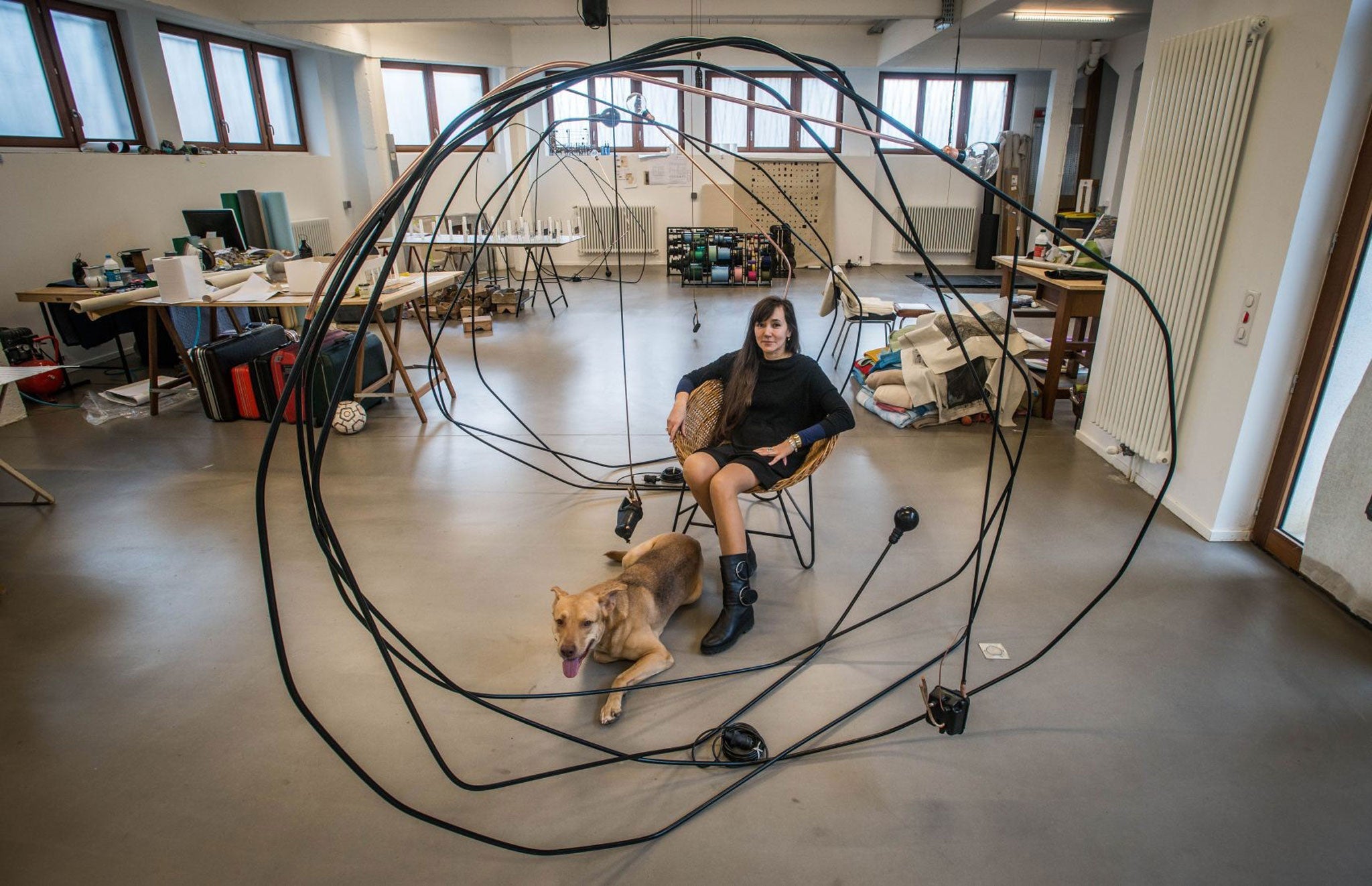Tatiana Trouvé, sculptor: 'What I really like is to stop moments using materials that are fragile'
Karen Wright meets the artist in her studio in Montreuil, a suburb of Paris

Your support helps us to tell the story
From reproductive rights to climate change to Big Tech, The Independent is on the ground when the story is developing. Whether it's investigating the financials of Elon Musk's pro-Trump PAC or producing our latest documentary, 'The A Word', which shines a light on the American women fighting for reproductive rights, we know how important it is to parse out the facts from the messaging.
At such a critical moment in US history, we need reporters on the ground. Your donation allows us to keep sending journalists to speak to both sides of the story.
The Independent is trusted by Americans across the entire political spectrum. And unlike many other quality news outlets, we choose not to lock Americans out of our reporting and analysis with paywalls. We believe quality journalism should be available to everyone, paid for by those who can afford it.
Your support makes all the difference.Tatiana Trouvé moved into her current studio in Montreuil, a suburb of Paris, two years ago, having completely renovated it "from the ground up". It was formerly a factory, making parquet floors. The basement is now used for storage; the ground floor has been transformed into a large, light open sculpture space, with her drawing studio upstairs and a living area on the top. "I like to live and work in the same space. Increasingly the area has attracted artists and young families as it is cheap and has open areas. Its nickname is 'the Brooklyn of Paris'."
Trouvé was born in Italy in 1968. As a child she lived in Senegal (where her father still lives) until she was 15, before moving back to Europe and eventually settling in Paris in 2004. She admits she already has thought of moving on again, this time to Portugal – "in the middle of nowhere" – and has been investigating properties. She could easily become an architect or designer. She has a talent for making anything chic, which is reflected in her sculptures that often redefine the space they inhabit.
Her next project, for the Art Fund, is the entrance to Central Park in New York City. She decided to map the park, in particular its marches, studying the history of the paths and translating them into bobbins of different coloured ropes which represent the length of each path with their thickness. There is a small multi-coloured model in the studio. Scaled up, the work will make a vibrant, thought-provoking comment on the history of this much-loved park.
On one side of the studio is a collection of luggage, something that appears in Trouvé's work often, although there are no signs of the mattresses that also feature. "They are in the basement. I buy them from the men who collect old mattresses when people buy new ones. I always take the oldest – after all, we spend half of our lives unconscious and dreaming on them."
There are some blankets to be cast in concrete today. "Blankets and cardboard are materials from life. They are used as wrapping for my works, and for wrapping people. The cardboard protects things but it becomes a bed for people on the street. It is something else when I change it with copper or bronze: it becomes fossilised – stopped in time."
Trouvé works alone with one full-time assistant who helps with research on projects, and a man, Julian, who helps with heavier work like casting concrete. The silence and energy of the studio changes when he arrives for work – the sound of power tools punctuates our conversation.
Around the studio are examples of works in progress, some never to be realised, all reflecting fragility. "What I really like is to stop some moments with some materials that are very fragile and disappear."
Tatiana Trouvé, Desire Lines, New York City (publicartfund.org) 3 March to 30 August
Join our commenting forum
Join thought-provoking conversations, follow other Independent readers and see their replies
Comments